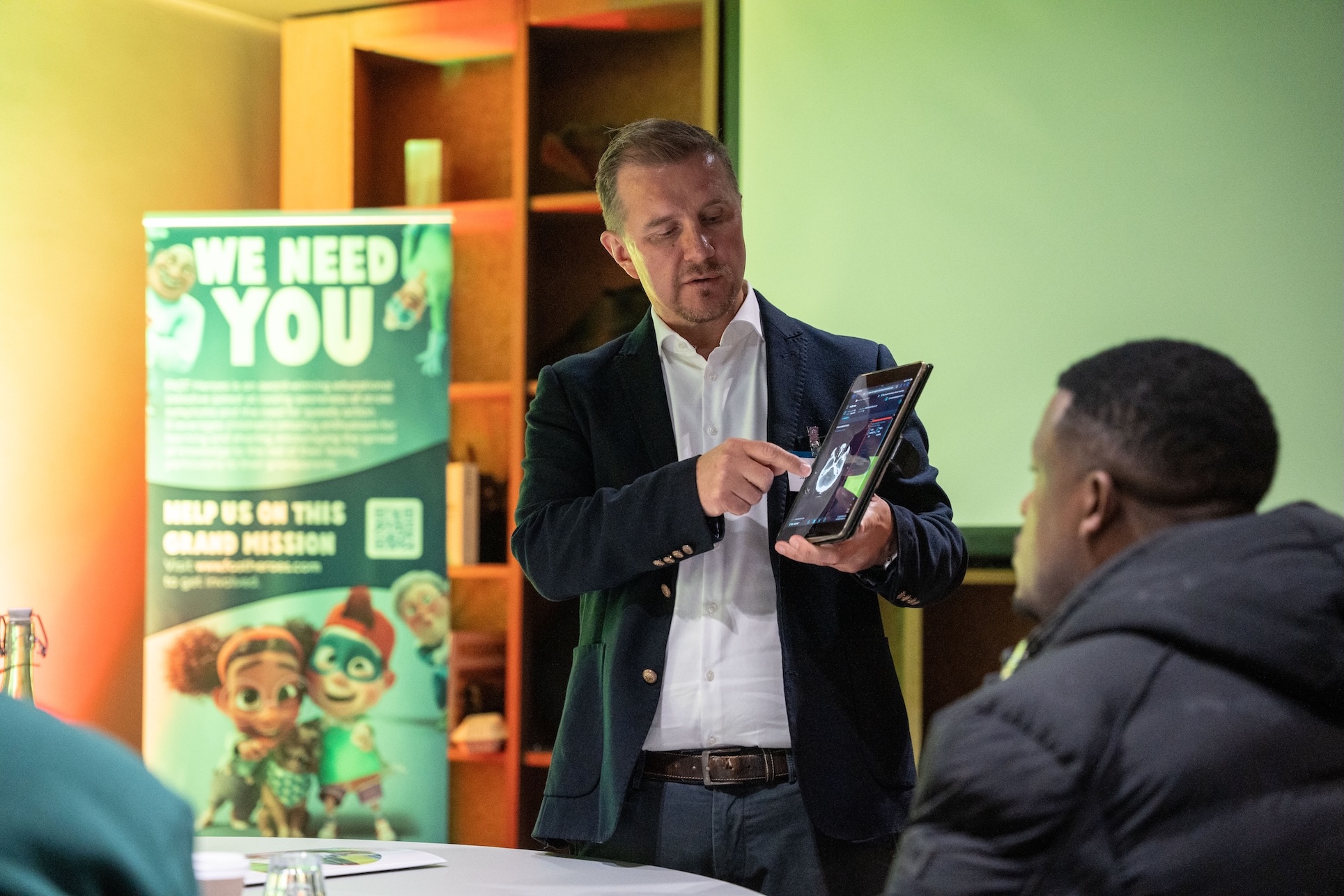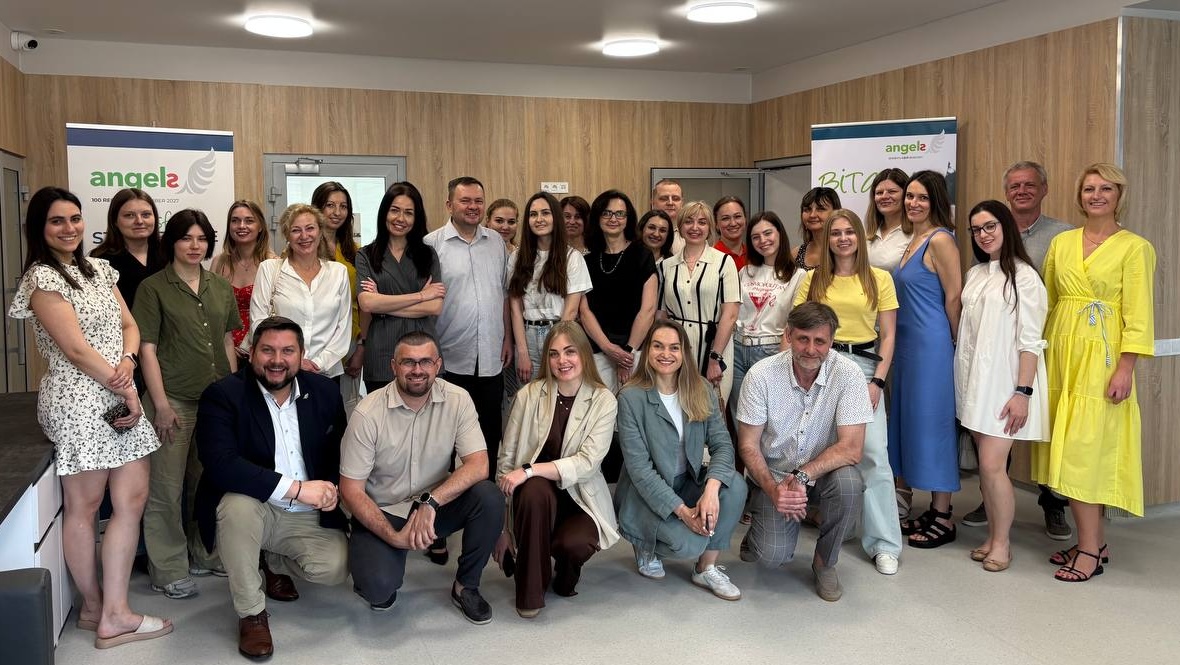이들은 말레이시아에서 혈전용해술로 뇌졸중 환자를 치료하는 최초의 치료법은 아니지만, 이미 가장 빠릅니다.
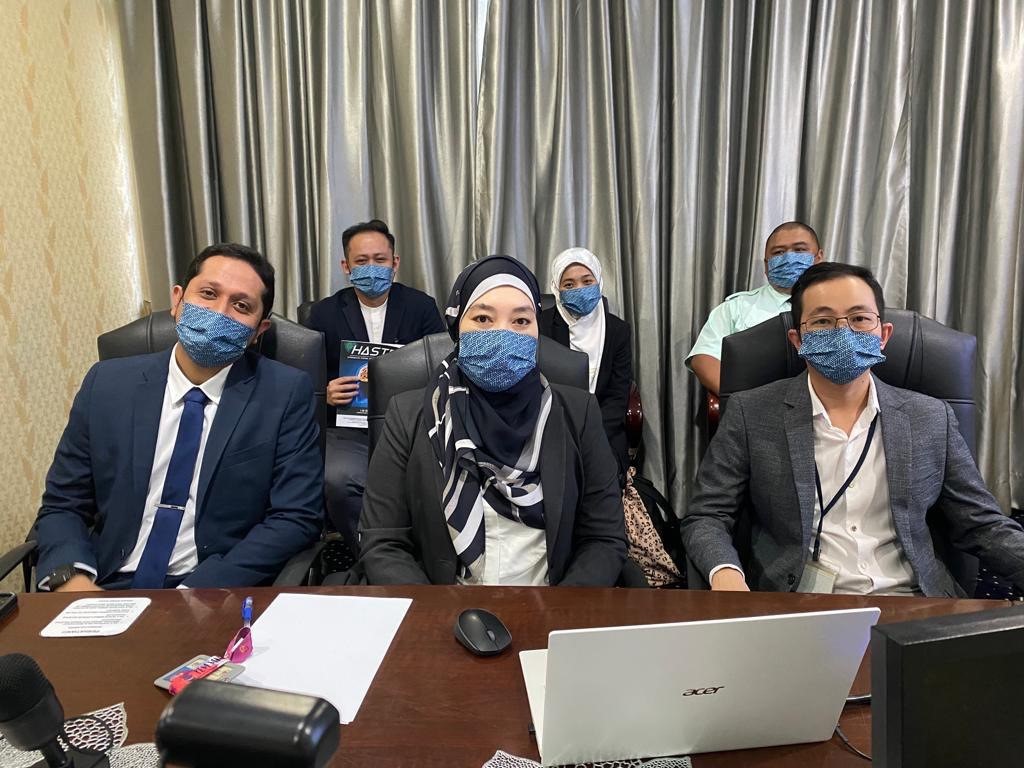
세렘반에 있는 Tuanku Ja’afar Hospital(HTJS)에서 첫 혈전용해술 치료는 2019년 5월 5일에 실시되었으며 60분 이내에 완료되었다. 전 세계 많은 병원들이 수년간의 경험을 쌓은 후에도 만족감을 보고하지만, 말레이시아 반도의 서부 연안에 있는 네게리 셈빌란 주의 이 50세의 급증하는 주립 병원은 보고하지 않을 수 있는 DTN 시기입니다.
2020년까지 HTJS의 뇌졸중팀 대부분의 뇌졸중 환자를 45분 이내에 치료하고 있었습니다. 2021년 초반까지, 절반 이상의 뇌졸중 환자들이 35분 이내에, 그리고 2분기까지 치료를 받고 있었습니다. COVID-19의 치명적인 3차 파동이 말레이시아를 파괴하기 시작했기 때문입니다. WSO Angels 다이아몬드상은 새로운 이정표로, 세계적 수준의 평균 DTN 시간인 25분이었습니다.
COVID-19는 팬데믹이 시작될 때 환자 수가 감소함에 따라 일시적으로만 진전을 이루었지만, 2021년 말까지 HTJS의 뇌졸중팀 근로율을 따라잡기 위해 이웃 상태에서 rTPA 공급품을 빌려주었습니다. 환자와 자신을 보호하기 위해 Covid 프로토콜을 통합했음에도 불구하고, 도착 후 주사까지 걸리는 시간은 변하지 않았습니다.
신경과 의사인 Teh Pei Chiek 박사와 ER 의사인 Emi Noorina Binti Mohd Nor 박사는 병원이 3년 이내에 치료 시간을 절반 이상 단축한 반면, 재개통률을 두 배로 늘린 것에 대해 놀랄 일이 거의 없다고 설명합니다. 사실, 그들이 공유한 것은 모든 중요한 일을 올바르게 수행하는 교과서 사례입니다.
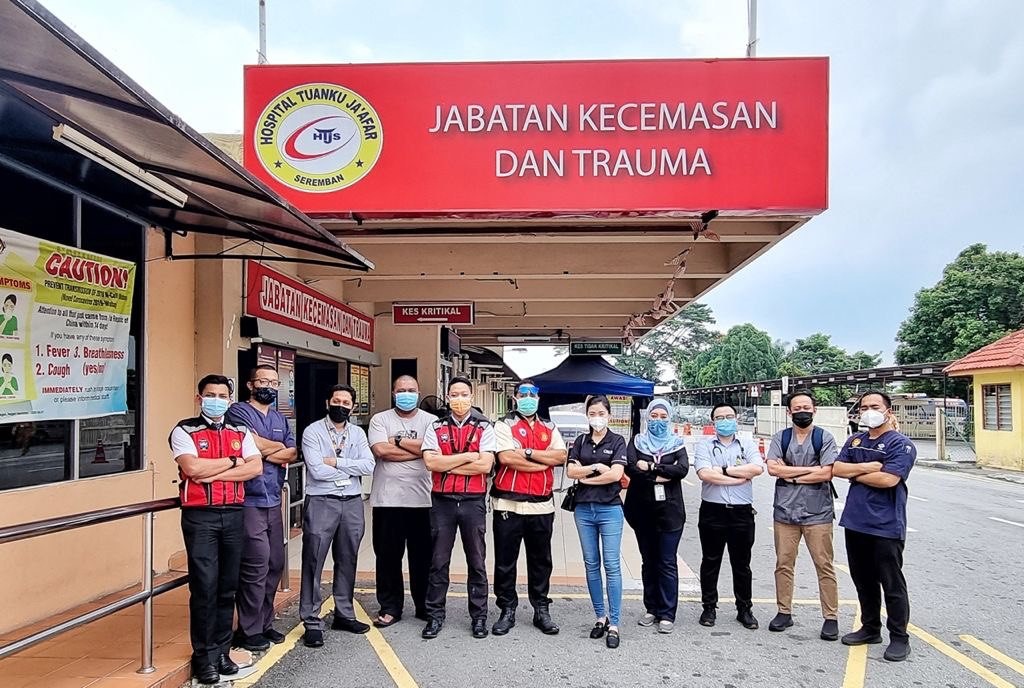
속도의 필요성
Tuanku Ja’afar Hospital은 쿠알라룸푸르에서 남쪽으로 약 60킬로미터 떨어진 링기강 계곡에 위치한 지방 수도 Seremban의 26헥타르 규모로 뻗어 나갑니다. 원래 Seremban General Hospital로 알려진 이 병원은 뇌졸중 2006년에 명예 병원에서 뇌졸중을 겪은 지 2년 후 사망하는 말레이시아 10번째 왕을 위해 이름을 변경했습니다.
HTJS는 1,143개의 병상과 23개의 임상 전문분야를 갖춘 모든 Negeri Sembilan의 의뢰 병원으로 활동하고 있습니다. 말레이시아 전역에서 뇌졸중 발생률이 증가하고 있지만, 이 병원은 2018년에 신경과 전문의의 서비스를 받은 후에만 급성 뇌졸중 치료를 시작했습니다.
"Teh 박사는 "주로" "경로를 따라 불필요한 모든 상호 작용을 제거"함으로써 가능한 가장 짧은 DTN 시간에 자신의 시각을 설정하고 장애물을 하나씩 제거하는 데 전념했습니다.
Emi 박사의 지도 아래, 병원은 병원 전단계 서비스 통합부터 CT 치료에 이르기까지 급성 뇌졸중 프로토콜에 대한 모든 새로운 가이드라인을 체계적으로 구현했습니다.
사전 통지가 핵심이며 뇌졸중 환자는 사전에 준비된 CT 영상실로 직접 전달됩니다. 다학제 팀을 소환하기 위한 뇌졸중 경고가 보급되고, 뇌졸중 중증도 평가 및 동의 획득을 포함한 여러 조치를 병행하여 수행함으로써 귀중한 회의록이 절약됩니다.
신경학과 방사선학 간의 긴밀한 협력은 CT 스캔이 즉시 해석됨을 의미하며, 따라서 환자가 혈전용해술에 적합한 경우 지체 없이 치료를 시작할 수 있습니다. EMS 서비스와의 협력을 통해 새로워진 병원 자체의 HASTE(Hyperacute Stroke Smart Track in Emergency) 프로토콜과 HASTE 키트는 말레이시아 국가 혁신 경쟁에서 승리했지만, 더욱 중요한 것은 경로를 간소화함으로써 생명을 구한다는 것입니다.
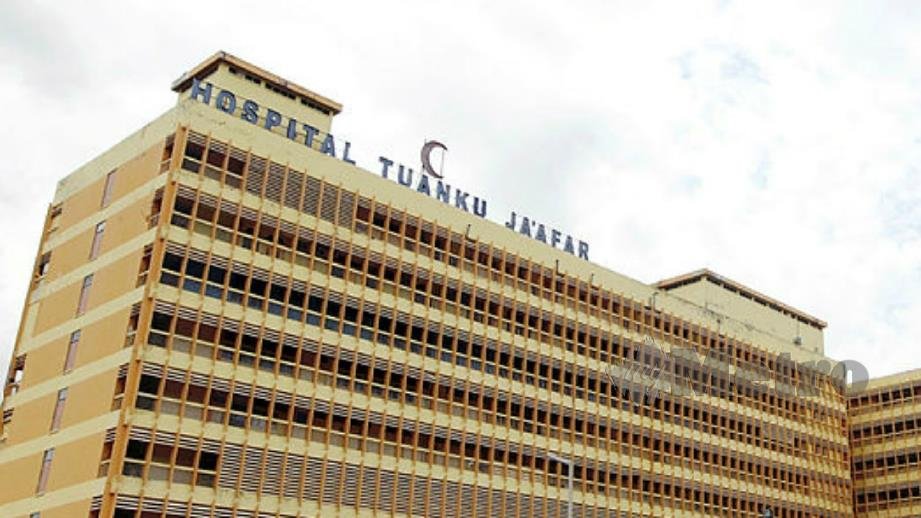
도전 과제 해결
Teh 박사와 그의 팀에 대한 다음 도전 과제는 뇌졸중 환자를 더 빨리 병원에 이송하는 것입니다. 현재, 약 1/3의 환자들만이 EMS를 통해 병원에 도착하고, 다른 3/3은 다른 센터에서 의뢰를 받았습니다. 그러나 1/3은 도움 없이, 그리고 너무 자주 치료 기간을 벗어나 여행합니다. 뇌졸중 증상 인식 및 일차 뇌졸중 뇌졸중 예방에 관한 공중 보건 캠페인을 통해서만 해결할 수 있는 문제입니다.
또한 HTJS 팀은 프로토콜을 복제하고 지식을 공유하고자 하는 이 지역의 다른 병원에서 뇌졸중 서비스를 개선하기 위해 최선을 다하고 있습니다. 인근 병원이 아직 신경과 전문의를 임명하지 않았더라도, 인근 지역 병원의 시뮬레이션 훈련이 이미 진행 중입니다.
말레이시아는 신경학 분야를 포함하여 의료 전문가가 부족합니다. 2019년 첫 말레이시아 뇌졸중 컨퍼런스에서 보건부장 Datuk Dr Noor Hisham Abdullah는 국내 뇌졸중 환자의 요구를 충족하기 위해 200명의 신경학 전문의가 더 필요하다고 추정했습니다.
HTJS에서 신경학과 환자들에 대한 Dr Teh의 열정은 긴 근로 시간으로 해석되지만, 뇌졸중 환자들이 어떤 시간에도 탁월한 치료를 보장받고 Dr Teh가 수면을 잘 할 수 있도록 두 번째 신경과 전문의가 필요합니다.

